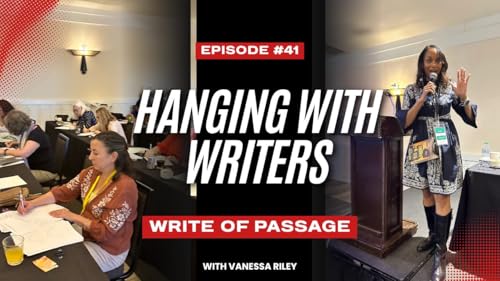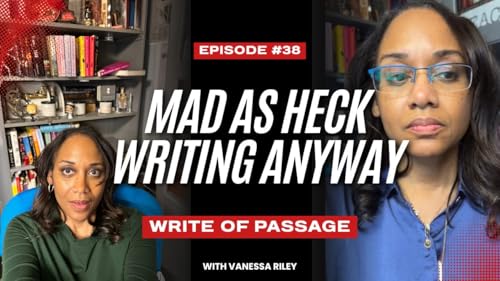The rapture is said to be Tuesday. Are you ready to meet your Maker? More importantly, are you ready to give an account for every moment you have not fully lived up to your calling? The internet is buzzing with theories and because of recent events—assassinations, and global unrest—some belie the end is near. But for those of us grounded in Christian faith, we know the truth. According to Matthew 24:36, we are told:“But about that day or hour no one knows, not even the angels in heaven, nor the Son, but only the Father.”(NIV)History is littered with hoaxes, false predictions of the end times that have left people swindled, embarrassed, and disappointed when life simply continued.In 1843 and 1844, a Baptist preacher named William Miller predicted that Jesus would return between March 21, 1843, and March 21, 1844. When this did not happen, he revised the date to October 22, 1844, resulting in what became known as the "Great Disappointment."In 1988, former NASA engineer Edgar C. Whisenant published 88 Reasons Why the Rapture Will Be in 1988, predicting the rapture between September 11 and September 13, 1988. When his prediction failed, he revised it multiple times, first to October 3, 1988, and later to 1989, 1993, and 1994. Even engineers can be wrong.In 1992, a South Korean religious movement led by Lee Jang Rim, called the Dami Mission, predicted the rapture on October 28; when it did not occur, Lee was convicted of defrauding his followers out of millions of dollars.In 1997, Pastor Ed Dobson, a nationally known speaker and author, published The End: Why Jesus Could Return by A.D. 2000, arguing that the increasingly chaotic world was a sign that Jesus would return soon. While he correctly noted that the world was becoming more hectic, his prediction did not come to pass.One of the more tragic predictions came from the Heaven’s Gate cult, which believed the appearance of Comet Hale-Bopp in 1997 was a sign that Earth was about to end, and that they had to hitch a ride on a spaceship hidden within the comet. Following this belief, 39 cult members committed mass suicide, a devastating reminder of the dangers of such predictions.Televangelist Jerry Falwell Sr. speculated that the Antichrist would appear sometime between 1999 and 2009. While controversial and widely criticized, this prediction, too, failed to materialize.In 2011, Christian radio broadcaster Harold Camping declared that the rapture would occur on May 21. When that failed, he revised the date to October 21, 2011, having predicted again in 1994. Again his followers, felt betrayed.Televangelist John Hagee, co-authoring with Mark Blitz the book Four Blood Moons: Something Is About to Change, claimed that a series of four consecutive lunar eclipses from April 2014 to September 27–28, 2015, signaled the end times. The blood moons came and went, with no apocalypse in sight.Finally, some voices in the Christian community warned that the year 2020 would signal the end, citing technological collapse, disease, or other cataclysms. While 2020 was undeniably a difficult year, the world continued, proving once again that apocalyptic predictions are best approached with skepticism.And of course the most recently spread rumor on TikTok and repeated on other social media is another announcement for the rapture. As far as I can tell, this one is being reported to have originated by South African Pastor Joshua Mhlakela. Mhlakela has predicted that the rapture would happen on September 23 and 24, 2025, claiming the revelation came to him in a dream. Well that dream has spread like wildfire.These examples remind us that no matter how convincing the prediction may seem, life continues—and those who place too much faith in a date are often left disappointed.So I return to the core question: are we living in a way that truly honors our calling? For me, the answer is clear. I want to live a life worthy of the gifts God has given me—the talent to write, to speak, and to walk upright. These are not abstract abilities; they are distinct blessings that shape how I move through the world. The gift of health allows me to scale mountains, jog a mile, and experience life with vitality. The gift of speech gives me the ability to share ideas, offer wisdom, and brighten someone’s day—whether here on this podcast, in a keynote, or at a workshop. And the gift I cherish the most, the gift of writing, allows me to breathe life into characters, to refine ideas, and to share stories that resonate across time and space. Writing is where my soul finds joy.Yet, when I reflect honestly, I know my work is far from complete. I want to reach more people, encourage those from every station and place, and see my characters come alive on television and streaming platforms. I want history told in its full context—the good, the bad, and the ugly—so that everyone can know the truth, and even see themselves in these stories. My mission is not finished until these stories ...
Mehr anzeigen
Weniger anzeigen
 Nov 4 202510 Min.
Nov 4 202510 Min. Oct 28 202512 Min.
Oct 28 202512 Min. Oct 14 202510 Min.
Oct 14 202510 Min. Oct 7 202513 Min.
Oct 7 202513 Min. Sep 30 20259 Min.
Sep 30 20259 Min. Sep 23 202512 Min.
Sep 23 202512 Min. Sep 18 202512 Min.
Sep 18 202512 Min. Sep 9 202511 Min.
Sep 9 202511 Min.

